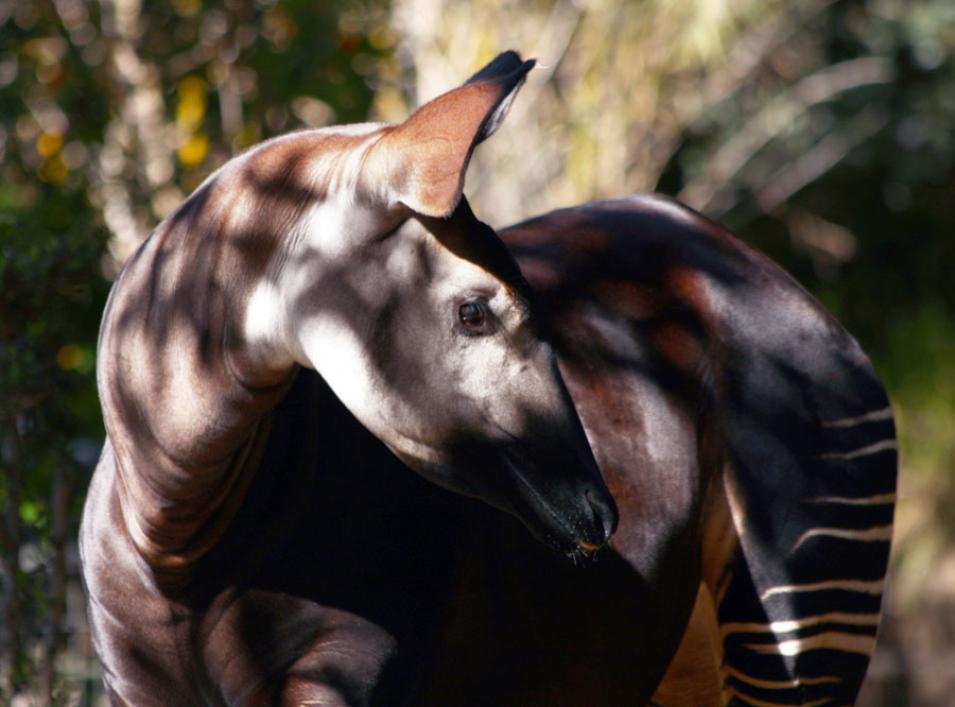References
Jones, L. A. and J. S. Kimball. 2010, updated 2012. Daily Global Land Surface Parameters Derived from AMSR-E. Boulder, CO, USA: NASA National Snow and Ice Data Center (NSIDC) Distributed Active Archive Center (DAAC).
NASA Atmospheric Science Data Center (ASDC). 2003-2012. Clouds and the Earth’s Radiant Energy System (CERES) SYN1 deg_Ed3a. Hampton, VA, USA.
NASA Goddard Earth Sciences Data and Information Services Center (GES DISC). 1998-2012. Tropical Rainfall Measuring Mission (TRMM) Multi-Satellite Precipitation Analysis. Greenbelt, MD, USA.
NASA Land Processes Distributed Active Archive Center (LP DAAC). 2000-2012, monthly. MODIS Vegetation Indices MOD13C2. USGS/Earth Resources Observation and Science (EROS) Center, Sioux Falls, SD, USA, doi:10.5067/MODIS/MOD13C2.006.
NASA Land Processes Distributed Active Archive Center (LP DAAC). 2003-2012, monthly. MODIS Land Surface Temperature and Emissivity MYD11C3. USGS/Earth Resources Observation and Science (EROS) Center, Sioux Falls, SD, USA, doi:10.5067/MODIS/MYD11C3.006.
NASA Land Processes Distributed Active Archive Center (LP DAAC). 2001-2012, yearly. MODIS Land Cover Type MCD12C1. USGS/Earth Resources Observation and Science (EROS) Center, Sioux Falls, SD, USA, doi:10.5067/MODIS/MCD12C1.006.
NASA Level 1 and Atmosphere Archive and Distribution System (LAADS) Distributed Active Archive Center (DAAC). 2002-2012, monthly. MODIS/Gridded Atmospheric Product MOD08_M3. Greenbelt, MD, USA, doi:10.5067/MODIS/MOD08_M3.006.
Swenson, S. C. 2012. GRACE Monthly Land Water Mass Grids NETCDF Release 5.0. Ver. 5.0. PO.DAAC, CA, USA. doi:10.5067/TELND-NC005.
Zhou, L., Y. Tian, R. B. Myneni, P. Ciais, S. Saatchi, Y. Y. Liu, S. Piao, H. Chen, E. F. Vermote, C. Songe, and T. Hwang. 2014. Widespread decline of Congo rainforest greenness in the past decade. Nature 509: 86-90, doi:10.1038/nature13265.
For more information
NASA Land Processes Distributed Active Archive Center (LP DAAC)
NASA Level 1 and Atmosphere Archive and Distribution System DAAC (LAADS DAAC)
NASA Goddard Earth Sciences Data and Information Services Center (GES DISC)
NASA Physical Oceanography DAAC (PO.DAAC)
NASA Atmospheric Science Data Center (ASDC)
NASA National Snow and Ice Data Center DAAC (NSIDC DAAC)
| About the remote sensing data |
| Satellites |
Gravity Recovery and Climate Experiment (GRACE) |
Terra and Aqua |
Aqua |
| Sensors |
SuperSTAR Accelerometer
Star Camera Assembly
K-Band Ranging System |
Clouds and the Earth's Radiant Energy System (CERES) |
Advanced Microwave Scanning Radiometer - Earth Observing System (AMSR-E) |
| Data sets |
GRACE Monthly Land Water Mass Grids (CSR) |
SYN1deg_Ed3a |
Daily Global Land Surface Parameters Derived from AMSR-E |
| Resolution |
1 degree |
1 degree |
25 kilometer |
| Parameters |
Terrestrial water storage anomalies |
Radiative flux |
Canopy microwave transmittance |
| DAACs |
NASA Physical Oceanography DAAC (PO.DAAC) |
NASA Atmospheric Science Data Center (ASDC) |
NASA National Snow and Ice Data Center DAAC (NSIDC DAAC) |





